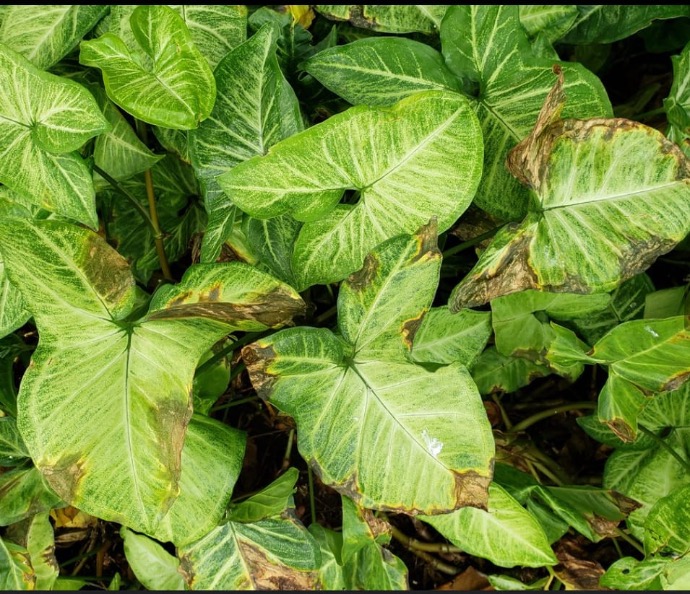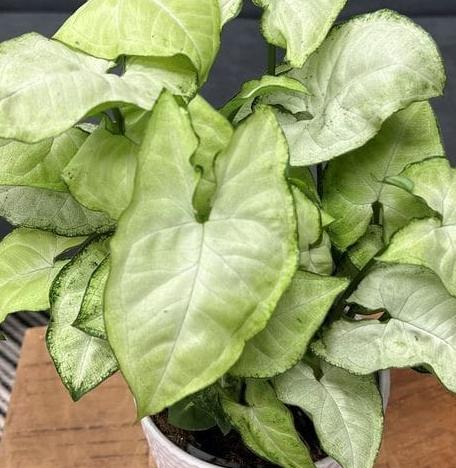Syngonium Plant
Syngonium, also known as Arrowhead Plant or Goosefoot, is an indoor trailing or climbing plant. Plant in well-draining soil and provide bright, indirect light. Allow the soil to partially dry between waterings. Pruning helps control its growth and maintain a tidy appearance.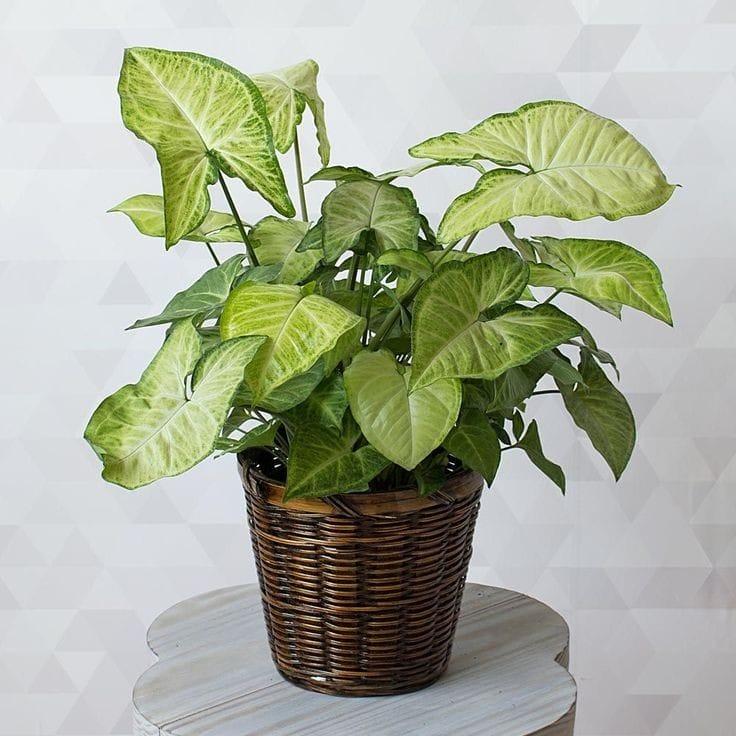
Habit
Vine
Height
1-2 m
Growth
Fast
Soil
Well-drained, fertile
Shade
low to bright and indirect light
Moisture
Moist
Edible
No
Medicinal
No
Origin
South America
Climatic Condition
Tropical
Temperature (°)
18-25°C
Humidity (%)
60-80%
Potting media
Loamy, peat
Fertilizers
Balanced NPK (10-10-10)
Watering
Regular
Plant Weight
50-150 g
Flowering Time
Summer, Fall
Soil Ph level
5.5 - 6.5
Water Ph level
6.0 - 7.0
Soil EC
1-2 dS/m
Yield Per Plant
Ornamental, indoor
NPK ratio
10:10:10
life Span
Perennial
Health Benefits
Air purifier, ornamental
Suggested Grow Media or Potting Mix ?
40% peat moss, 30% perlite, 30% compost
Suggested Fertigation/Fertilizers
Fertilize every 2 weeks with a balanced, water-soluble fertilizer.
Common Diseases and Remedies
bacterial leaf spot, Myrothecium Leaf Spot.
Translucent spots on leaf margins become dull green with bright yellow halos. Spot size and shape are limited by leaf veins.
remove and destroy the affected plant parts.Allow the top 3-5cm of soil to dry out before watering again.
HEALTH BENEFITS
· Primarily an air-purifying plant
Reduces indoor pollution and enhances oxygen levels
What Is Syngonium?
Syngonium is a genus of plants in the family Araceae. This includes several species of tropical and subtropical vines native to the Americas. Syngoniums are popular as houseplants because of their attractive leaves.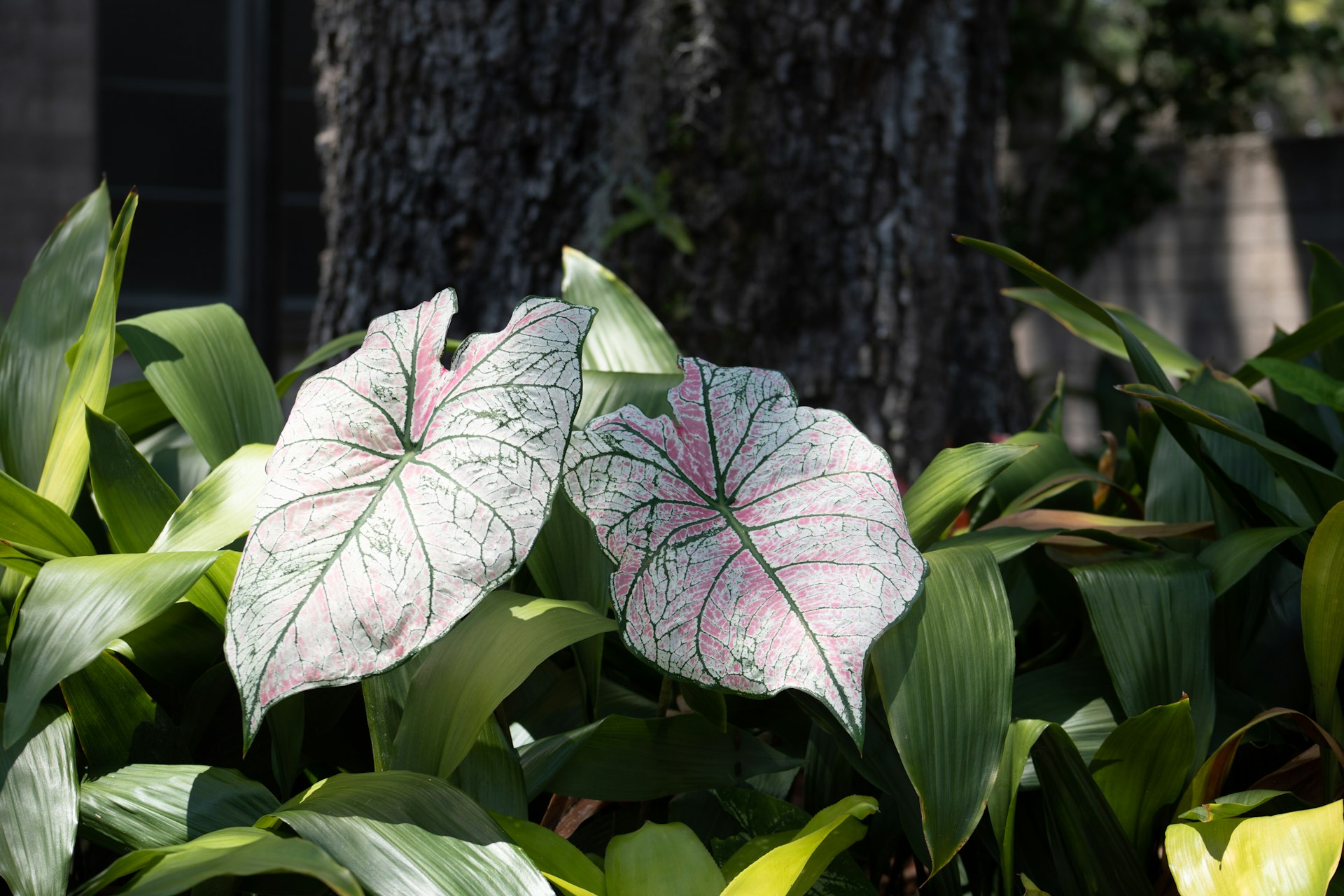
What Are The Different Types of Syngonium?
Syngonium podophyllum:
Commonly known as the arrowhead plant, it is characterized by arrow-shaped leaves and comes in a variety of leaf patterns and colors.
Syngonium erythrophyllum:
Also known as red arrowhead vine, it produces reddish leaves when grown in bright light.
Syngonium Macrophyllum:
Known for its large lobed leaves and climbing habit.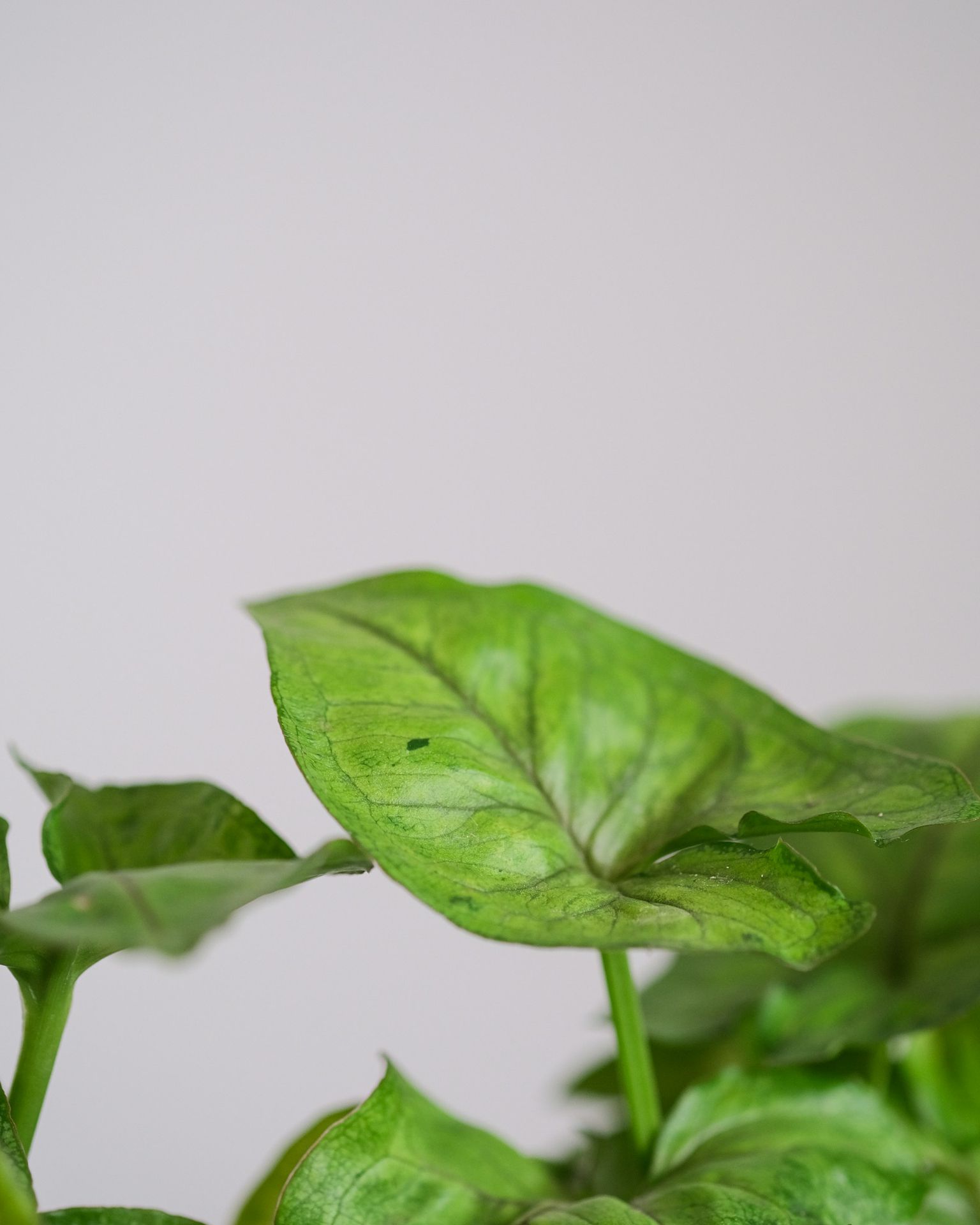
How Do You Care For Syngonium ?
Location
Install in a location with bright indirect light. Avoid direct sunlight as it may cause leaf burn.
Sunlight
Provides bright indirect light for optimal growth. Syngoniums tolerate lower light conditions, but may not grow as vigorously.
Soil
Plant in a potting mix that is rich in organic matter and well-drained.
Hydration
Keep soil evenly moist but not waterlogged. Water when the top inch of soil feels dry.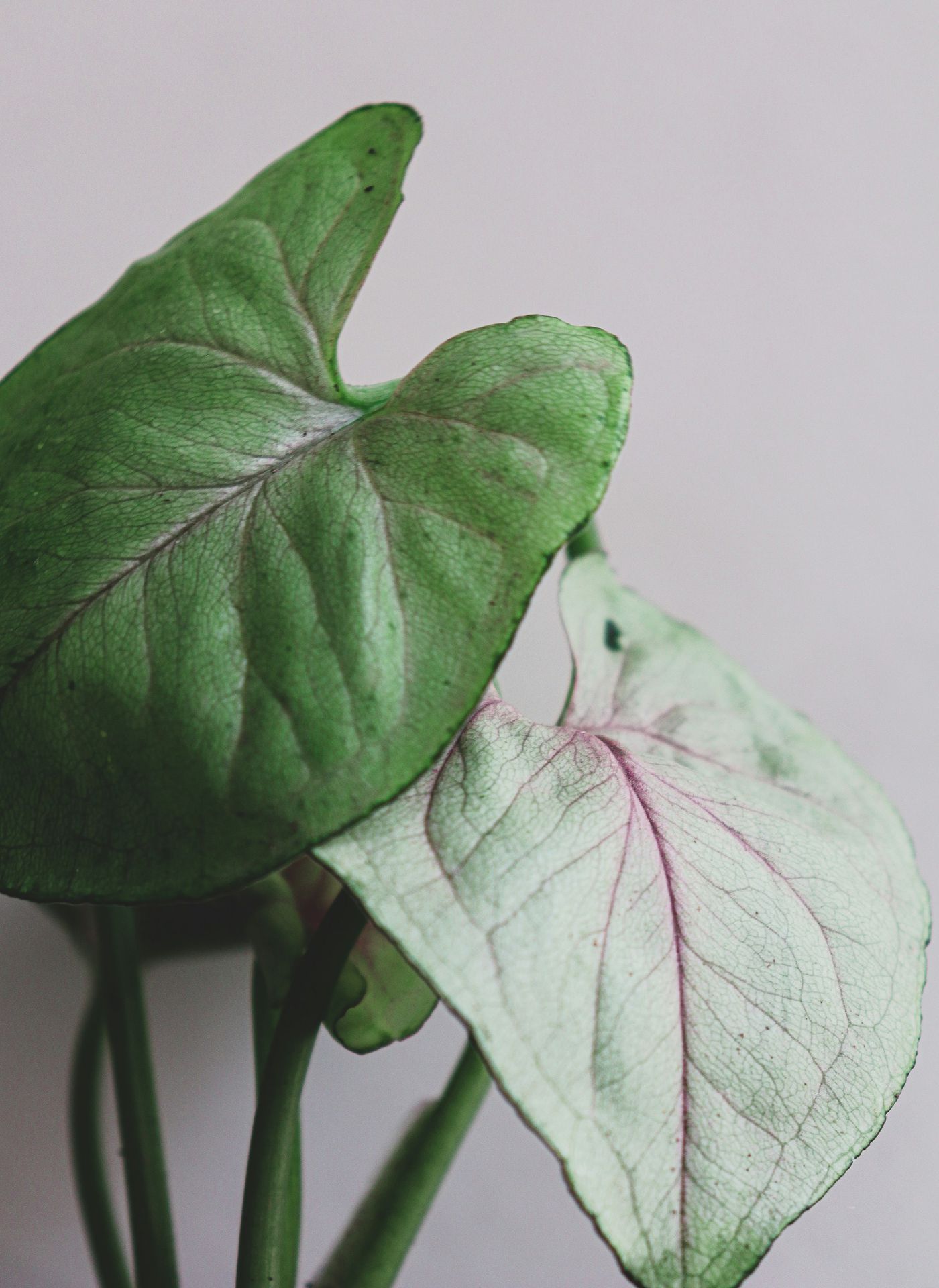
Nourishment
During the growing season he fertilizes every 4 to 6 weeks with a balanced liquid fertilizer diluted to half strength.
Issues
Watch out for pests such as spider mites, aphids, and mealybugs. Too much water can cause root rot, and not enough water can cause the leaves to turn brown or curl.
What Are The Benefits Of Syngonium?
Air Purification: Like many ornamental plants, syngonium plants improve indoor air quality by removing toxins and pollutants from the air. Helpful.
Aesthetic Value: Syngonium plants add beauty and greenery to indoor spaces with their attractive foliage and vine growth.
Low Maintenance: Syngonium plants are relatively easy to care for and can be grown in a variety of indoor spaces.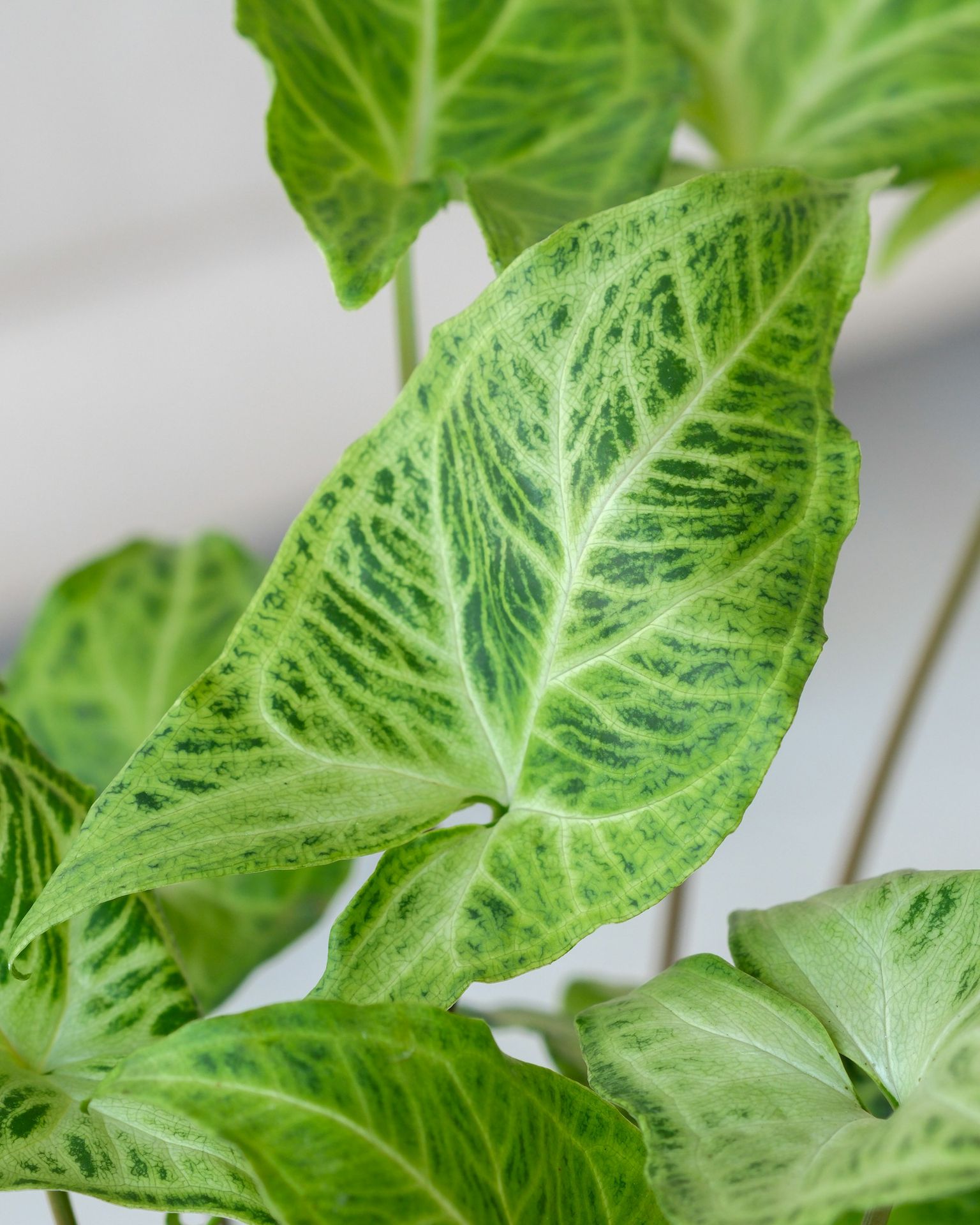
FAQs About Growing Syngonium
How often should I water my syngonium plants?
Depending on environmental conditions, usually every 1 to 2 weeks, add water to the soil. Water when the top 1 inch of the plant feels dry.
Can syngonium plants tolerate poor lighting conditions?
Yes, syngoniums tolerate low light, but prefer bright indirect light for optimal growth.
How often should I fertilize syngonium plants?
Fertilize every 4 to 6 weeks during the growing season with a balanced liquid fertilizer diluted to half strength.
How do I propagate syngonium plants?
Syngonium plants can be propagated from cuttings placed in water or soil. Make sure your cuttings have at least one node where roots will grow.
Is the syngonium plant toxic to pets?
Yes, the syngonium plant contains calcium oxalate crystals, which can cause irritation if ingested by pets. Please keep out of reach of animals.
